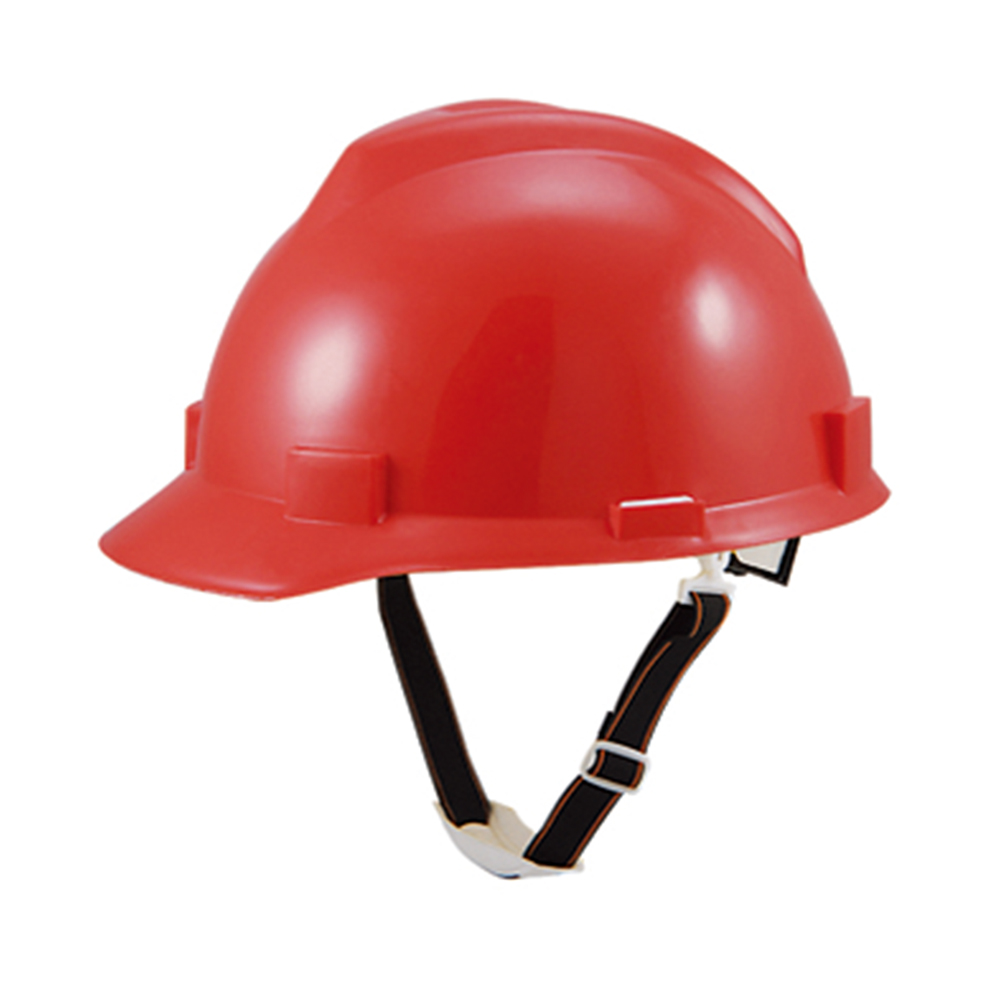Helmets are your reliable companion in preventing head injuries whether you’re riding, skating, or skiing. We’ll go into the significance of helmets in this tutorial to keep you safe while on your trips. We’ll look at the many reasons wearing a helmet is essential before engaging in any outdoor activity, from fit to impact reduction. Now let’s get ready and learn how important helmets are to maintaining your safety while enjoying the great outdoors!
Importance of Helmet Safety to keep you safe

Do you enjoy riding a bike, skate, or scooter? All is well until someone becomes harmed. That’s where the safety of helmets comes in. Helmets are your head’s superheroes, shielding you from serious injuries. Let’s start by discussing the importance of wearing a helmet.
Imagine yourself riding your bike down the street with the wind in your hair when all of a sudden you come across a bump. Without a helmet, that bump may become a serious fall with brain damage.
Let’s now discuss the specifics of how wearing a helmet keeps you safe. Wearing a helmet is more than simply donning any regular hat. Helmets are made specifically to deflect impact. Thus, in the event of a fall, the helmet absorbs the impact rather than your head.
Consider a helmet to be your personal security detail. It protects your brain from damage, lowering the possibility of catastrophic wounds like skull fractures or concussions. Helmets also increase your visibility when driving. It’s not only about defending oneself, though.
Helmet wearers provide a positive example for others. Your pals will want to wear helmets when they see you donning them. It’s similar to launching a hip trend that ensures public safety.
Types of Helmets and Their Safety Features
Are you geared up for some outdoor fun? Don’t forget your helmet! Whether biking, skating, or skiing, it’s your safety shield. Let’s explore the world of helmets and what makes them tick.
- Bike Helmets: Riding a bike? Don’t skip the helmet. They’re built tough with inner foam and a hard shell for impact protection. They absorb shock, keeping your head safe during falls.
- Skateboard Helmets: Safety first in skateboarding! Like bike helmets, they shield your head. Look for one with extra coverage at the back for added safety.
- Ski and Snowboard Helmets: Planning a snowy adventure? Bring your helmet. They’re tough enough to handle rough falls and protect against hard objects.
- Motorcycle Helmets: Cruising on a motorcycle? Safety matters. Choose from full-face, open-face, or half-face helmets for maximum protection. Full-face helmets cover your entire head and face for the best safety.
The safety characteristics that contribute to the effectiveness of these helmets:
Impact Absorption: The purpose of all helmets is to lessen the force applied to your head in a collision by absorbing impact energy. Usually, a mix of materials such as foam liners and rigid plastic shells is used to accomplish this.
Adjustable Straps: A helmet needs to fit right for safety. Look for ones with straps and buckles you can move to fit your head well.
Ventilation: Stay cool during active times or hot weather with helmets that have vents built in for airflow.
Visibility: Some helmets have lights or reflective parts to make it easier to see in low light.
Certification: Make sure your helmet meets safety standards from groups like the CPSC or Snell Memorial Foundation. This shows it’s been tested for safety.
Importance of Proper Fit and Usage
- Right Size: Your helmet should fit snugly, not too tight or loose. Measure your head and choose a matching size.
- Strap Adjusting: Make a V-shape under your ears with the straps. The chin strap should be snug but comfy.
- Check Often: Look for cracks, dents, or loose padding on your helmet. Replace if damaged. Clean with a damp cloth.
Impact of Helmet Usage on Injury Prevention

Fewer Head Injuries: When riding a bike, skating, or skiing, wearing a helmet reduces the risk of head injuries. They cover your head from hard surfaces, absorbing impact forces.
Preventing Brain Injuries: Although helmets can reduce the danger during accidents, traumatic brain injuries (TBIs) are still quite serious.
Helmets protect your head, reducing the force of a collision and the likelihood of brain damage.
Last Remarks
A helmet is your top safety gear for outdoor activities. Wear it every time you ride, skate, or ski. Make sure it fits well with adjustable straps and take care of it regularly. Helmets keep you safe by reducing head injuries and brain injuries.
 ZIMAI Safety
ZIMAI Safety